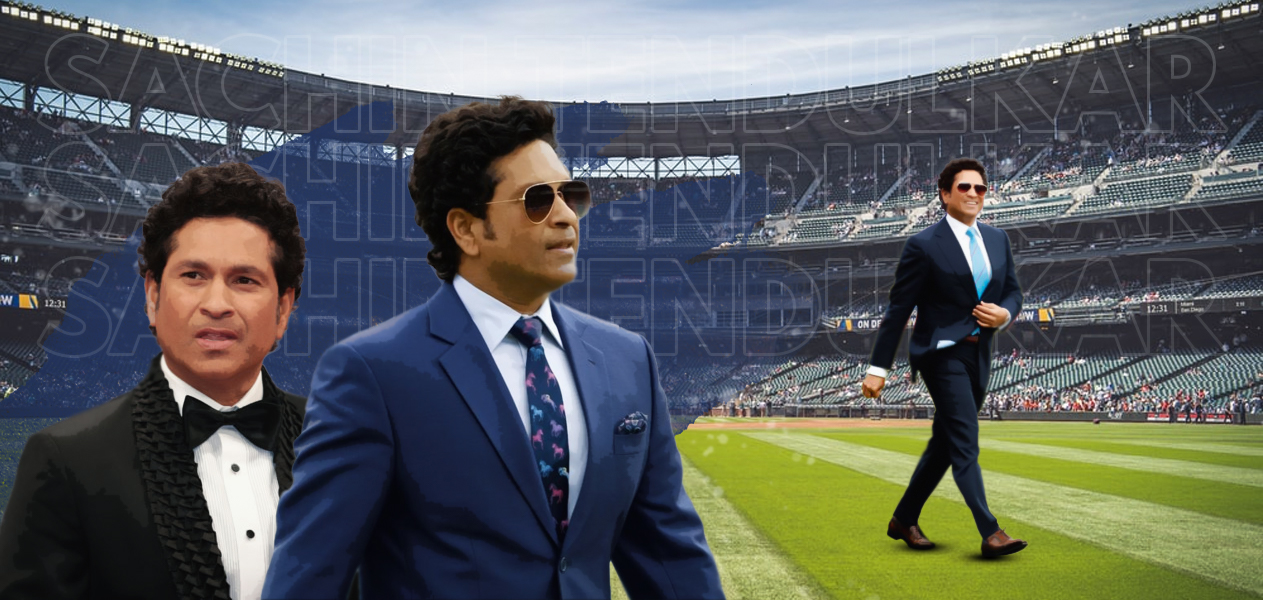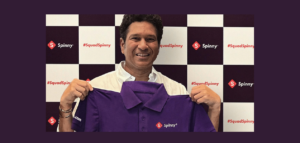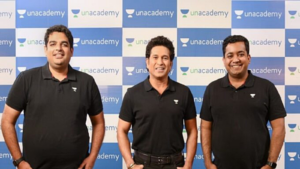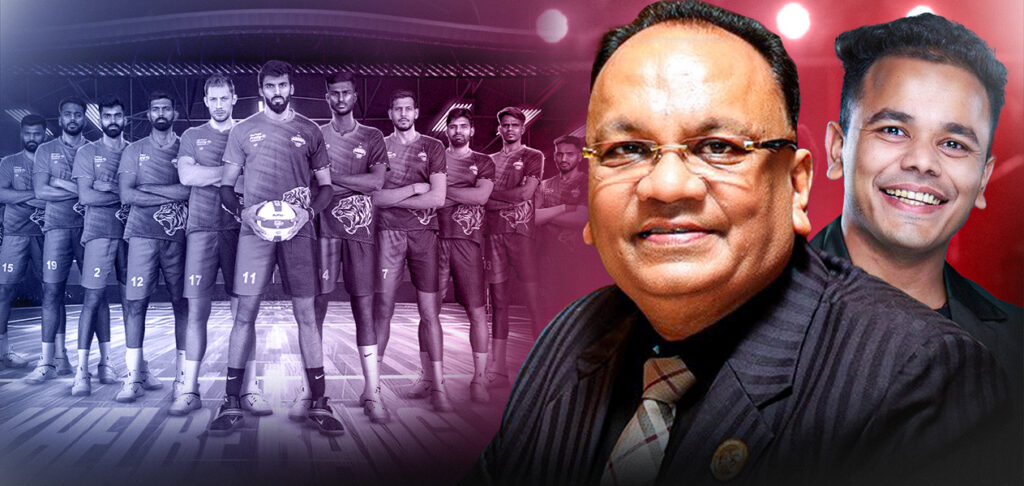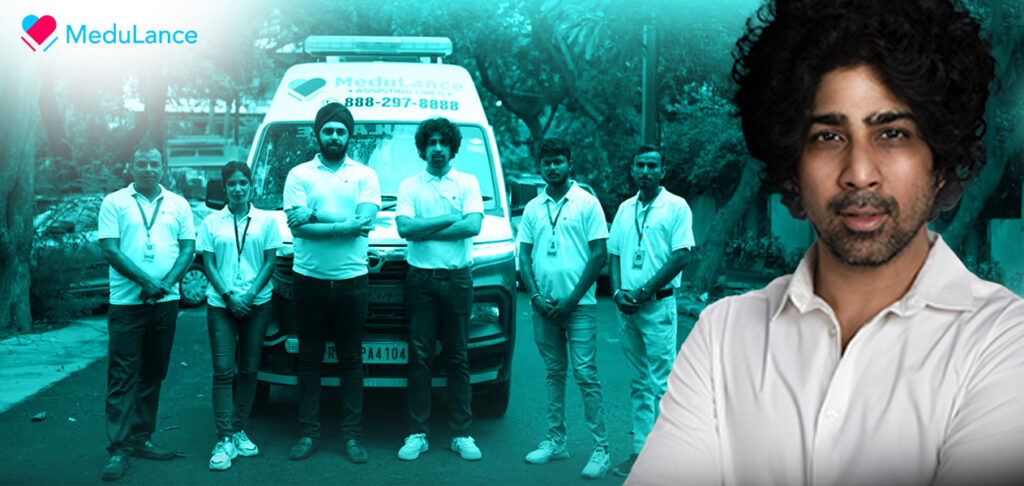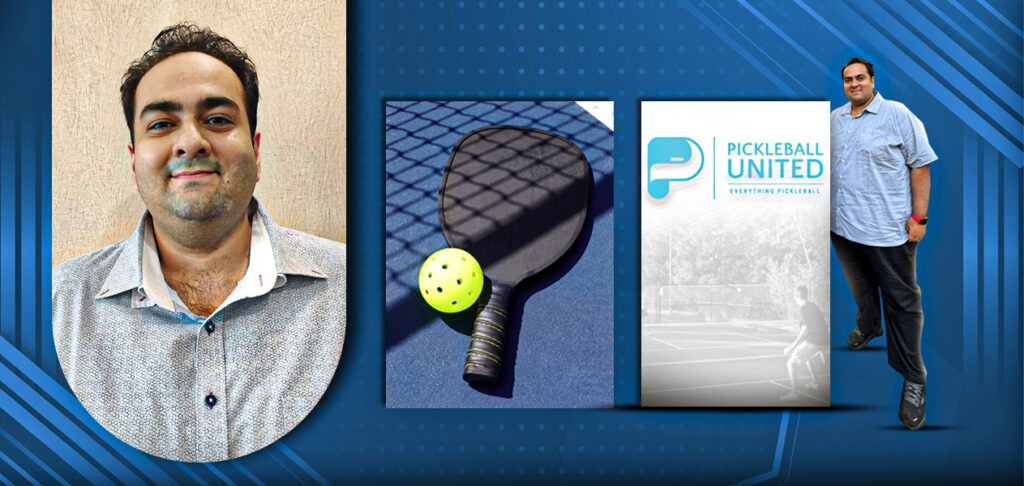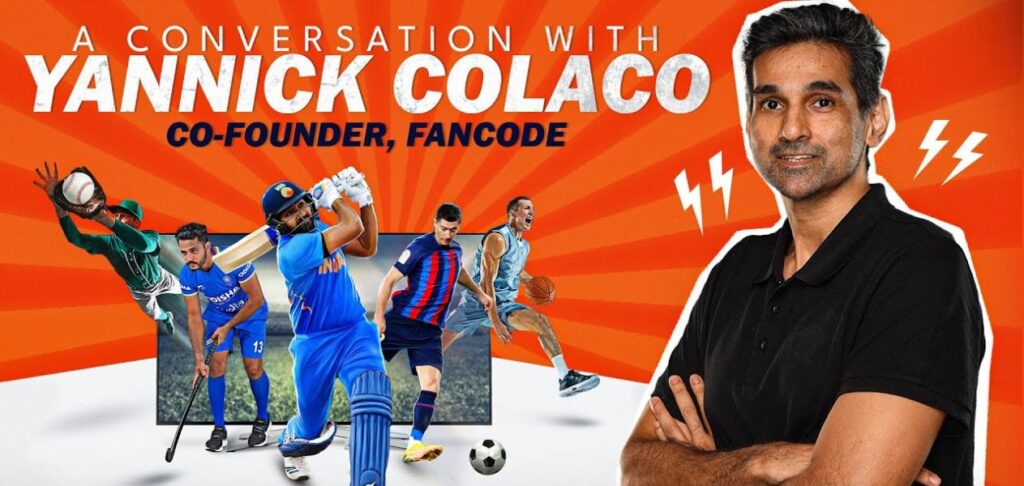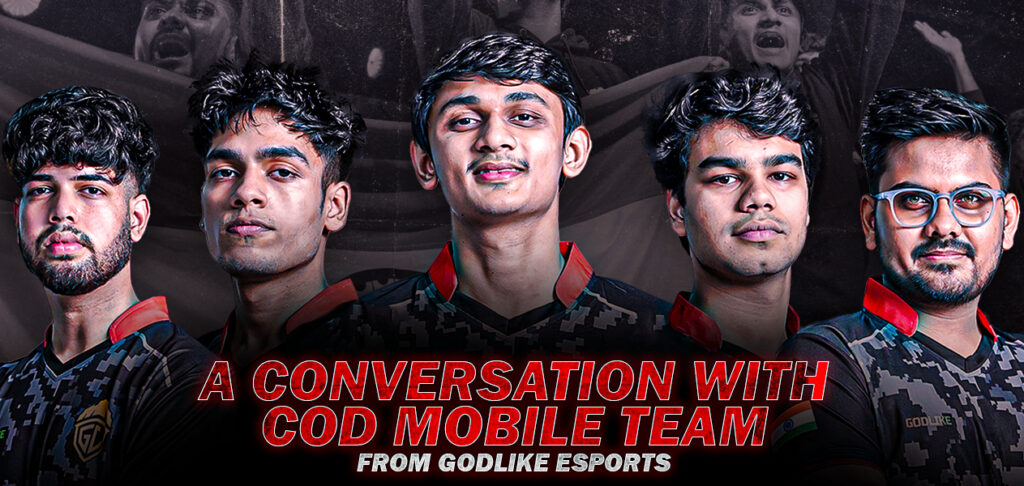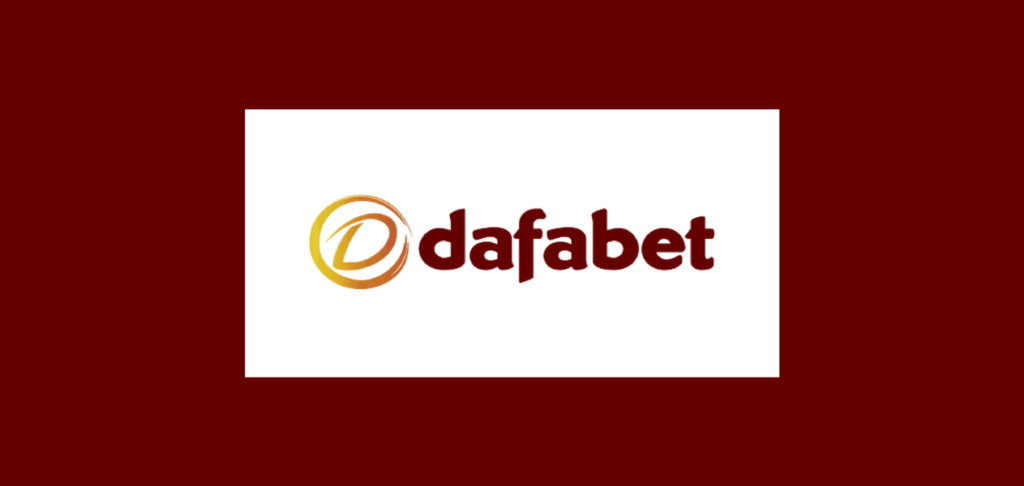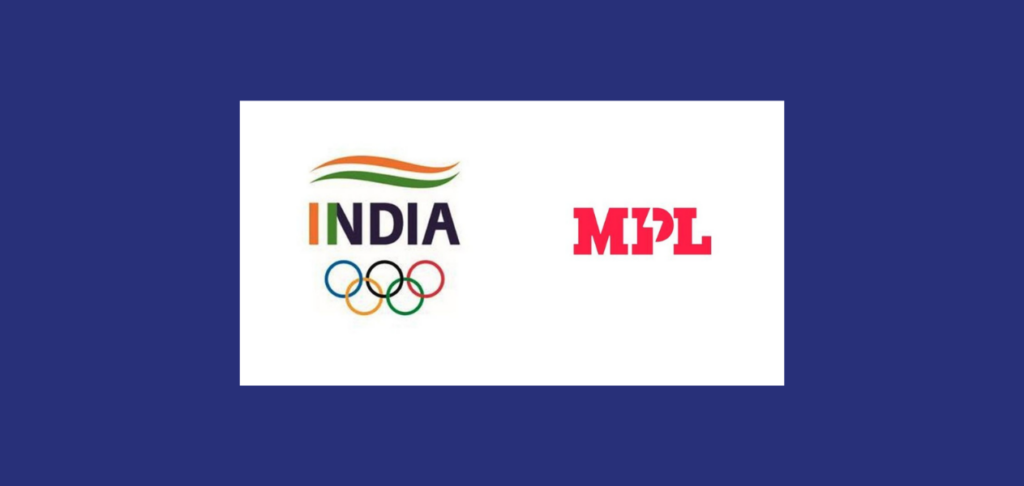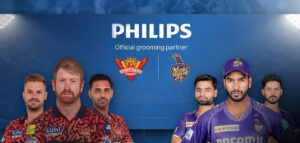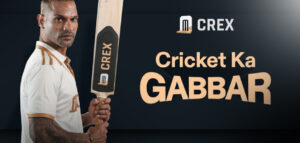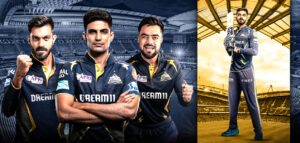Ever since the Cricket World Cup victory in 1983, Indian cricket has been on an exponential growth trajectory. But there was a divide among the fans, just like the present-day M.S. Dhoni and Virat Kohli debate that divides opinions and fans. The loyalty of the Indian fan was owed either to the stoic and dependable Sunil Gavaskar or the calm yet fiery Haryana hurricane, Kapil Dev.
All that changed, though, when a young 16-year-old kid took the field against the mighty pace attack of Pakistan. The Indian fans saw one of them in this soft-spoken, middle-class boy, who could defend just like the great Sunil Gavaskar but could also attack like Kapil Dev. Sachin Tendulkar was suddenly India’s largest publicly held entity and every Indian was a shareholder.
Early Years
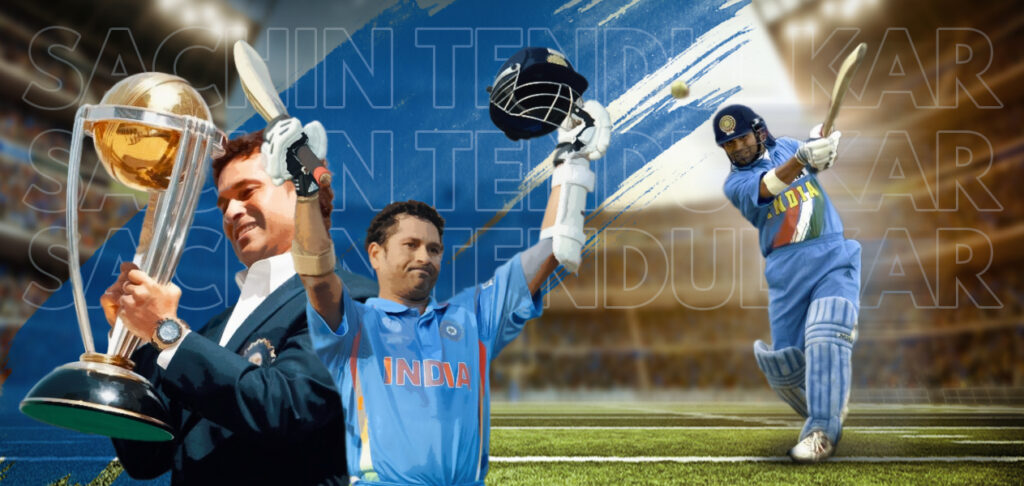
It was Raj Singh Dungarpur who was credited for the selection of Tendulkar for India’s tour of Pakistan in late 1989. In his debut in Karachi in November 1989, Sachin scored 15 runs before getting bowled by Waqar Younis, who also made his debut in that match. In all, Tendulkar scored 215 runs at an average of 35.83 for the Test series. His bursting onto the scene as a 16-year-old earned him his first sponsorship deal with an American medicinal company Johnson & Johnson.
After a subpar series against New Zealand, Sachin was selected for the tour of England in the summer of 1990. On 14th of August, he became the second-youngest player to score a Test century as he scored 119 not out in the second Test at Old Trafford in Manchester – an innings which contributed to a draw and saved India from a certain defeat in the match. Wisden described his innings as:
“He looked the embodiment of India’s famous opener, Gavaskar, and indeed wore a pair of his pads. While he displayed a full repertoire of strokes in compiling his maiden Test hundred, most remarkable were his off-side shots from the back foot. Though only 5ft 5in tall, he was still able to control without difficulty short deliveries from the English pacemen.”
After that, Tendulkar went from strength to strength. In the 1991-92 tour of Australia held before the 1992 Cricket World Cup, Sachin scored an unbeaten 148 in the third Test at Sydney, making him the youngest batter to score a century in Australia. The “Little Master” then followed it up with another hundred, 114, on a fast, bouncy and tricky surface in the final Test at Perth.
His exploits in England and Australia enhanced his reputation, and brands like PepsiCo and Boost jumped in to sign up the future great by the end of the 1992 season, and by the end of 1992, Sachin was already one of the highest-paid cricketers in India, if not the world, as he bagged INR 16 lakh annually with his three sponsorship deals.
Also Read – 5 Reasons Why Advertisers Love Virat Kohli
The legacy of Mark Mascarenhas
Mark Mascarenhas was a big man, standing tall at six feet two, broad shoulders, a pair of glasses, and a character larger than life. Born in Bengaluru, established in Connecticut, and the owner of WorldTel, Mark Mascarenhas ran his 10-man David-sized operation like a Goliath.
Starting off as a top sales guy at CBS, Mark struck out on his own and used his many CBS bonuses to start acquiring and trading rights. Since he wasn’t a big shot, he couldn’t go for the big items but did some arbitrage deals in football and boxing before bagging his first breakthrough by sealing the Skiing World Cup rights.
And around 1992-93, he heard of the upcoming BCCI bid for broadcasting rights of the 1996 Cricket World Cup. TWI, a major player in the broadcasting industry, was already on the table. But BCCI needed cash flow upfront and that was the deal-breaker. It was just the kind of situation Mark revelled in. He upped the numbers and made a down payment (US$10 million and US$3 million respectively) and snatched the deal from under TWI’s and ECB’s noses.
It was telling that the 1996 World Cup TV rights went to WorldTel, headed by Mark Mascarenhas – who later signed as Tendulkar’s agent in 1995. It was 1994, for a tournament in Sri Lanka, when Ravi Shastri came up to Sachin and said: “I want you to meet a friend. He wants to sign you up and manage your commercial side.” That friend was Mark.
In 1995, having consulted and discussed all the clauses and terms of the contract with Sachin and his father and brother, WorldTel wasted no time in signing him up for a five-year contract, guaranteeing the right-hand batter a massive INR 30 crore – the biggest agent deal in cricketing history at the time. In a later interview, the ambitious agent said: “I choose to promote Sachin Tendulkar because I have never seen (Donald) Bradman play; never saw (Garry) Sobers play; I saw Viv (Richards), but he couldn’t figure out (Bhagwat) Chandrashekhar on his debut. And then I saw Sachin. I had never seen anyone like this.”
While the deal created headlines, Mark busied himself in creating a market for his client. Meanwhile, there was an important change in Sachin’s on-field game as well. He started opening in the white-ball format and did so at his brutal and dominating best. Sachin’s batting flourished as he produced some of the most breathtaking batting displays during the late ’90s, including his Desert Storm specials, with Mascarenhas a constant fixture at Tendulkar’s matches.
And in came a swarm of an impressive roster of brands which signed on with WorldTel: Adidas, MRF, Philips, Visa, Britannia, Fiat just to name a few, with each coughing up in excess of INR 1 crore for an annual contract, while old faithful like Boost and PepsiCo ramped up their contracts in line with the new numbers. Mascarenhas’ big bet had paid off.
With money flowing into cricket, cricket was no longer a sport in India. It was fast becoming a commercial enterprise, and every commercial enterprise comes at a price. The world of cricket was rocked in 2000 by the match-fixing scandal. Some of the biggest names in cricket were involved, yet Sachin remained untouched, and if anything, his reputation was enhanced when the bookies involved admitted that they could not fix games until Tendulkar was out.
“You focus on your game and leave the rest to me,” Mark had promised Sachin. And he made good on that promise, in fact, he did one better. Once the first contract ended, Mark renewed his contract with Sachin for a whopping INR 100 crore.
It was not that easy as it looked. Sports marketing giants IMG, who managed the likes of Tiger Woods, Michael Jordan, the Williams sisters (Serena and Venus), came calling in the first week of January 2001. But then, the deal was again sealed in trademark Mascarenhas style – it was bold, it was loud, and it showed his client the kind of money that no Indian celebrity had ever seen. That five-year deal with WorldTel made Sachin the richest cricketer in the world, at the time.
However, on 28th January 2002, just hours before India’s ODI match against England in Kanpur, Mark Mascarenhas passed away in a road accident in Nagpur. The incident shook Tendulkar to the core, as he revealed in an interview: “His tragic death left me in shock and disbelief. Mark had spoken to me just the previous day. I remember leaving after the Kanpur ODI against England for his funeral in Bangalore and returning to Delhi for the next game.
“He left a legacy. I was the first Indian cricketer to sign such a deal and he was the first to have signed a player in such a fashion. He was also the first one to have a vision. In a way, he became a role model for management companies, who would go on to handle sports personalities.”
Also Read – THE INDIAN CRICKET SYSTEM – WHAT MAKES THE INDIAN TEAM CHURN OUT TALENT YEAR AFTER YEAR?
WSG and Laying the Foundation
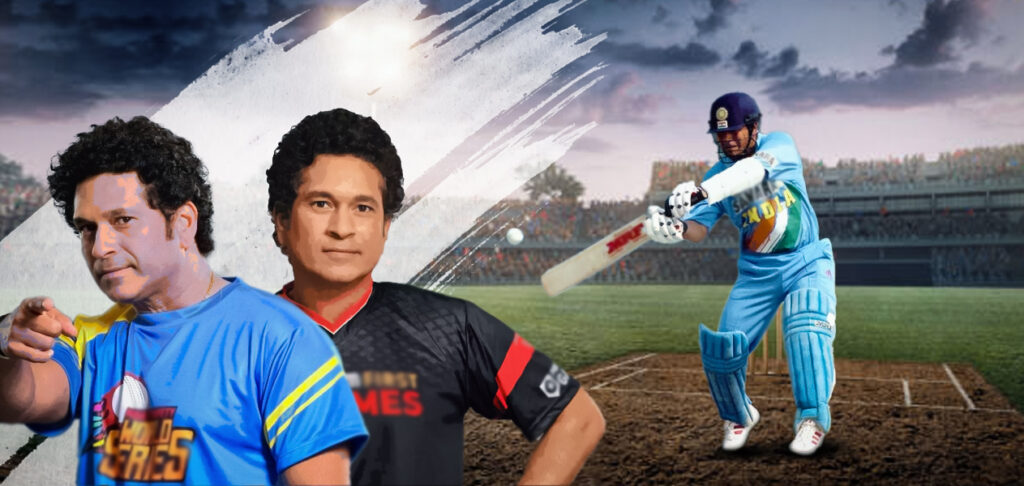
Sachin respected the contract between him and WorldTel by seeing out the deal through 2006, where despite Mark’s unfortunate death, the Master Blaster signed deals with the likes of TVS, ESPN Star Sports, Airtel and G-Hanz.
But as his deal expired and his runs dried up, and with age on the wrong side of the debate, many wondered whether the Little Master still had the commercial appeal. ICONIX, a branch of advertising agency Saatchi & Saatchi, roped in the Little Master on a three-year extendable deal worth INR 180 crore. Though neither ICONIX nor Sachin spoke about the worth of the deal, many sports marketing sources have quoted the figure. The deal saw ICONIX manage Sachin’s brand associations on the domestic turf.
Talking to the Hindustan Times, when asked about Sachin commanding such a hefty fee despite being on the decline, CEO and MD of Saatchi & Saatchi, V. Shantakumar said: “Sachin is more than just a cricket player. He’s a role model for young and old India. He’s still the nation’s youth icon and he’s still considered by cricket pundits as the world’s best batter. The value he commands comes from the respect and love people feel for him.”
And if the deal in May of 2006 with ICONIX was a mouth-watering one, the cold and chilly mornings of November got a whole lot sweeter for Mr. Tendulkar; Singapore-based talent management and sports marketing firm World Sports Group (WSG) tied down Sachin on a three-year deal worth a massive INR 245 crore – one of the largest deals for an Indian brand ambassador. With ICONIX already taking care of the domestic endorsements, WSG’s introduction meant that scenes were about to change.
Speaking to TOI, WSG CEO (South Asia) Venu Nair said: “We have the mandate to change his profile and upgrade him as a global icon. As per the new contract which is tripartite in nature, ICONIX will be solely responsible for Tendulkar’s Indian endorsements, while WSG will manage the global brands. Besides, all those global brands which are present in India will also be managed by WSG.”
With ICONIX and WSG in firm control of Sachin’s commercial deals, Canon became the first brand association followed, by Sunfeast and Sanyo BPL. The other aspect that changed was that these brand associations now costed around INR 6-7 crore annually. Such was the appeal of the Master Blaster while old partners renewed their contracts in line with the new numbers.
Even in the twilight of his career, Sachin was able to pull in brands like Toshiba, Colgate, Palmolive, Castrol India, Ujala Techno Bright, Coca-Cola, Luminous India and Musafir.com. By the time Sachin announced his retirement in November 2013, he was commanding an astonishing INR 120 crore in endorsement earnings. That same year, Tendulkar was listed at 51st position in Forbes’ list of the world’s highest-paid athletes.
Post-retirement, Sachin’s commercial earnings fell considerably but were still far greater for some of the modern talismanic figures in the Indian team. In 2014, his commercial earnings fell to INR 75 crore, INR 45 crore down from 2013. In 2015, his management agency WSG suspended its operations in India following a verdict over the contentious case linked to the facilitation fee in the 2009 IPL broadcasting deal, leaving Tendulkar looking for a new agency to manage his dealings.
Also Read – BCCI’s Men’s Contracts: Kohli, Rohit and Bumrah earn top dollar
The Second Innings of Sachin
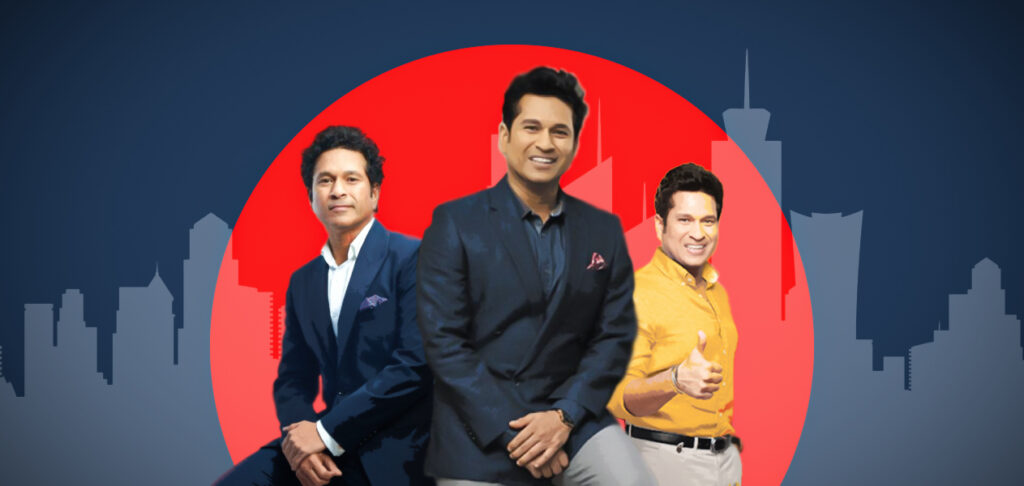
The Indian batting legend started the second innings of life in fine fashion as he launched his own sports management company, SRT Sports, in 2016. After 24 illustrious years as a cricketer, Sachin was quick to grab the rules of the corporate world. The Little Master brought in former Tata Group senior executive Mrinmoy Mukherjee as CEO of the company.
Talking to TOI, Tendulkar said: “During my 24 years of international cricket, I solely focused on the activities related to my cricketing career. After my retirement, I have the opportunity to engage in multiple initiatives which can be supported by a dedicated team at SRT Sports. I have already seen the benefits of the insights provided by the team and look forward to some exciting initiatives.”
Sachin also had two restaurants: Tendulkar’s in Colaba, Mumbai and Sachin’s in Mulund, Mumbai and Bengaluru, which he owned in partnership with Sanjay Narang of Mars Restaurants. However, they were shut down due to bad reviews. Tendulkar is also the co-owner of the Kerala Blasters FC in the Hero Indian Super League (ISL). He co-owned the team in association with PVP Ventures owned by Prasad V. Potluri till 2017. The team has been named Kerala Blasters after his nickname “Master Blaster”. Sachin also jointly owns the badminton franchise Bengaluru Blasters which participates in the Premier Badminton League (PBL).
Moreover, with premium brands like BMW, Toshiba, ESPN Star Sports, Boost, and Philips still in association with Tendulkar, his yearly endorsement income still surges north of INR 15 crore while his net worth keeps rising with each passing year. In 2021, thanks to his brand deals and assets, Tendulkar has a net worth of INR 1250 crore.
From a shy and soft-spoken middle-class boy, who carried the burden of shouldering the hopes and dreams of a billion people for over two decades, to his victory lap around the Wankhede Stadium as Team India ended their 28-year-long wait for that second World Cup trophy, Sachin’s seamless transition to his second innings of life fills the heart of every Indian with joy and pride.

